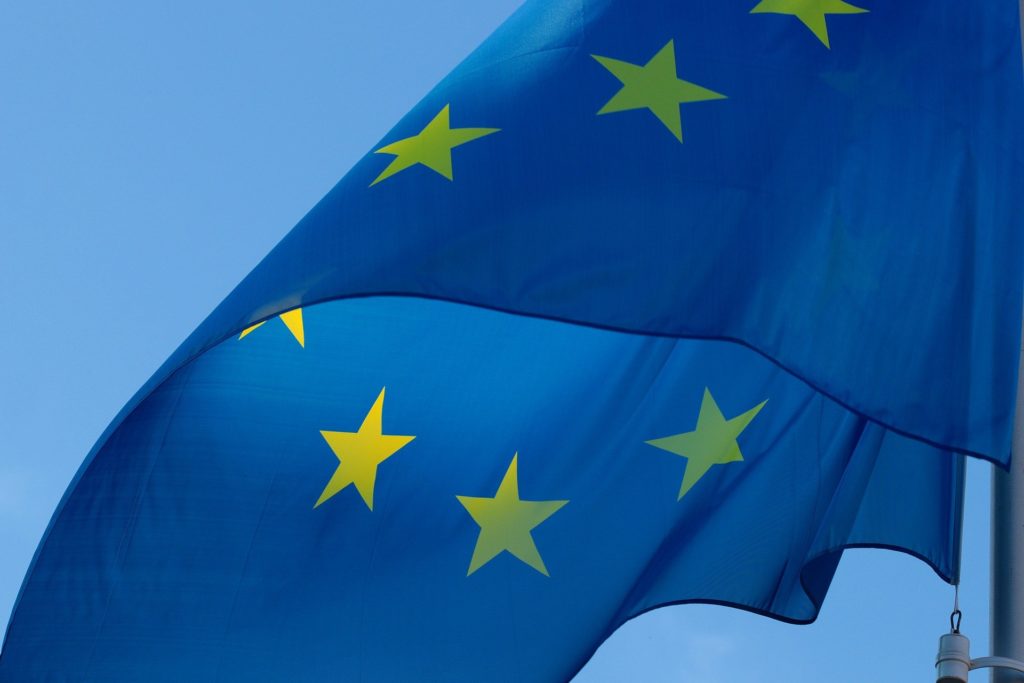
Generating electricity from renewable sources in Europe is now half the price of fossil fuels as polluting power production on the continent fails to recover from the pandemic and renewables grow, according to a new report by the Ember energy thinktank.
The report said this was down to a rise in the cost of fuels such as coal, with overall electricity demand rising from countries as COVID-19 restrictions are lifted.
Unlock unlimited access for 12 whole months of distinctive global analysis
Photovoltaics International is now included.
- Regular insight and analysis of the industry’s biggest developments
- In-depth interviews with the industry’s leading figures
- Unlimited digital access to the PV Tech Power journal catalogue
- Unlimited digital access to the Photovoltaics International journal catalogue
- Access to more than 1,000 technical papers
- Discounts on Solar Media’s portfolio of events, in-person and virtual
It highlighted how, in major European economies, production costs from new wind and solar farms were far lower than those of fossil fuel generators. In Spain, the cost of generating power from gas and hard coal plants are triple those of new wind and double that of new solar installs, for example.
Among all EU27 countries, two-thirds of power was from clean sources in H1 2021. Meanwhile, coal generation was 16% lower (-36TWh) in H1 2021 than in H1 2019 as the industry failed to recover from losses witnessed during the COVID-19 pandemic.
Demand from renewables in Europe was up 53TWh in H1 2021 compared with H1 2019, while demand from fossil fuels fell 48TWh, with demand from nuclear falling by 29TWh. This is not the case globally, however where rising demand is increasingly being met with fossil fuels.
The authors argued that, with declining nuclear generation in the EU, the “onus for decarbonising the power system falls heavily on rapid structural growth in wind and solar”.
Renewable electricity sources provided 39% of the EU27’s power, with nuclear making up the remaining 27%, the report showed, with H1 2021 seeing renewables continue the 2020 trend of supplying more electricity that fossil fuels.
The report, published today (28 July), also showed that H1 2021 growth in renewable electricity output was up 11% on H1 2019 due to growth in solar and wind (+22TWh), solid hydropower figures (+29TWh) and a small contribution from bioenergy (+1TWh).
Solar production increased 9%, while wind actually decreased by 7% in H1 2021 compared to H1 2020, the report showed.
“Now the pandemic effect on the power sector has passed, the overall trend is clear: fossil fuels are in rapid decline as Europe cleans up its power sector,” said Ember’s European programme lead and co-author of the report, Charles Moore.
But year-on-year progress in the bloc must double to meet EU 2030 climate targets of a 55% reduction in greenhouse gas emissions, said the report. Although providing 66% of EU power, clean power was only up 3% (+24TWh) on pre-pandemic levels.
This month, the EU released its “Fit for 55” policy package to reach the bloc’s climate goals of reducing emissions by at least 55% by 2030, compared with 1990 levels.
“It is essential that the EU Commission, national governments and the EU Parliament quickly remove the regulatory and policy hurdles preventing the required rapid expansion of clean electricity, particularly wind and solar, which will be the primary driver of growth in the coming decade,” said the report.
The full report can be viewed here.







